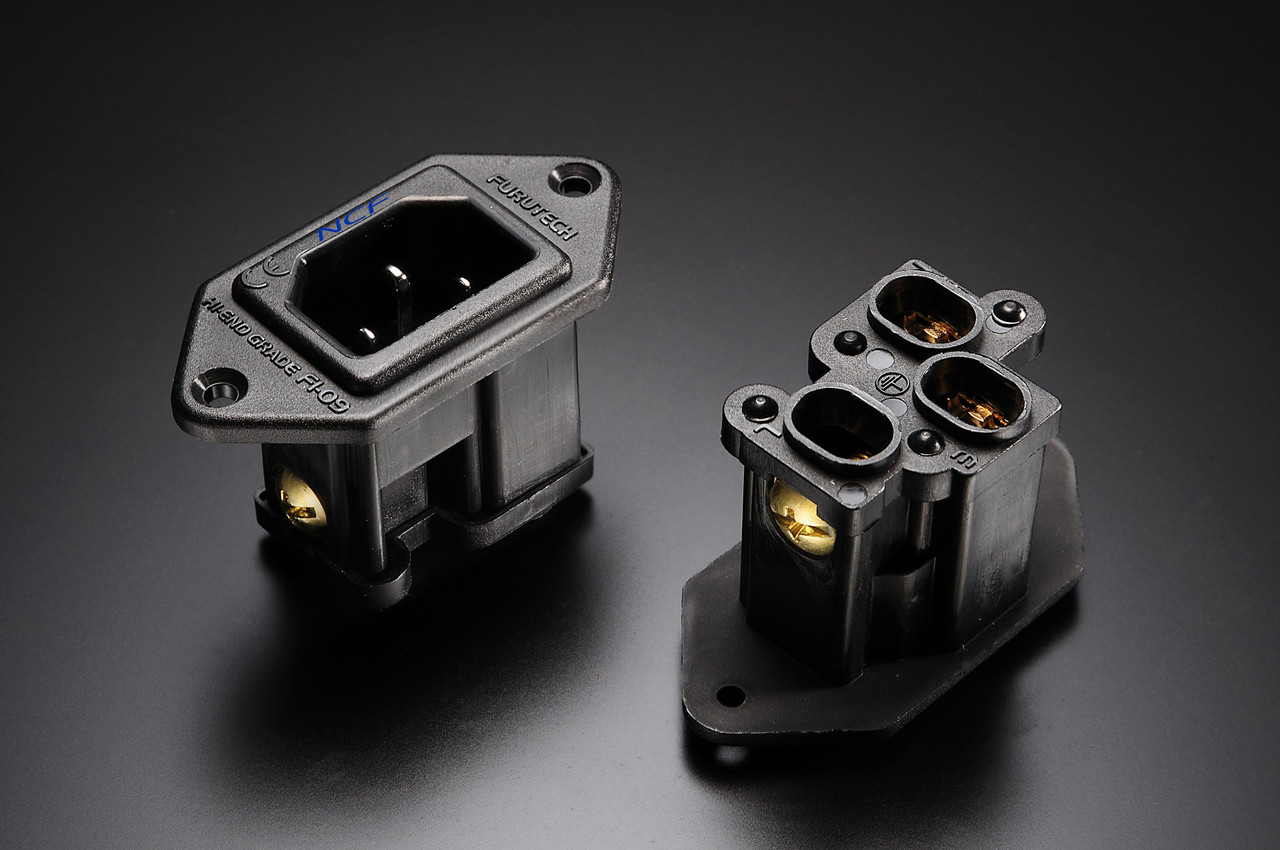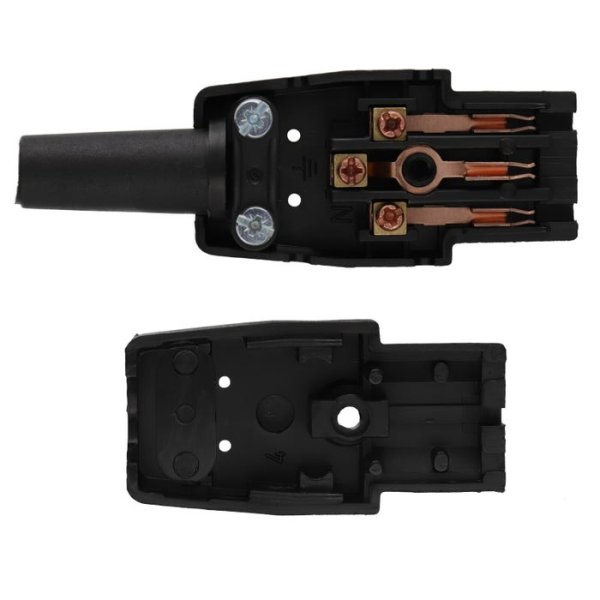Agreed. I'm also a scientist (retired/wildlife conservation...which is also rationally-based). But the patent application satisfied the examiner to a sufficient degree that it was granted. I'm simply noting that the inventor was "surprised" by the outcome - which you and I are, also - so that indicates to me that there are variables at play which have not yet been identified. That's the extent of my argument.
A patent isn't an endorsement that it's a good idea.
Resistance is a big deal, but only when we're talking about cheap commodity grade cables with spot-welded molded connectors. If we're using heavy gauge wire and connectors with wire clamps, we can assume low resistance and with a short cable, it's mostly insignificant. Audio oriented power cables tend to use much heavier gauge wire than is strictly necessary because it sounds better. It's very simple to achieve low resistance, so any decent cable will have very low resistance. Of course, I do NOT consider cables with spot-welded molded connectors decent or high quality, they are cheap and good enough for most applications outside of audio.
Assuming a quality low-resistance cable, everything else makes a much larger difference. Materials and electrical properties are key. You want low inductance but you can't increase capacitance too much. Connectors are much more important than most would think.



















